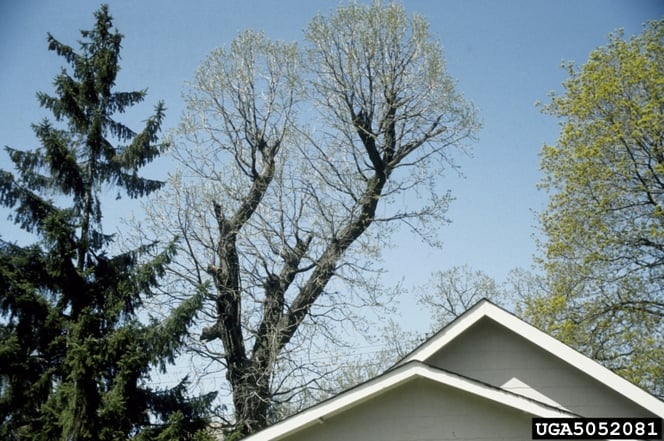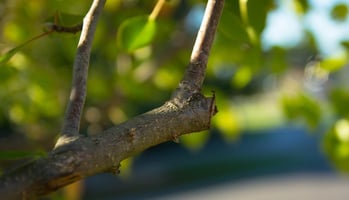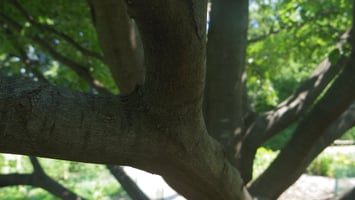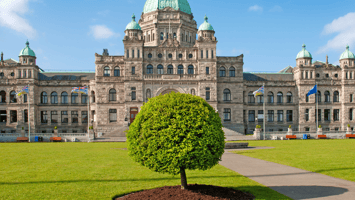Trees near your home must be well maintained for multiple reasons! If you read our post about...
8 Reasons NOT to Top Your Trees
Heading, stubbing, tipping, dehorning, rounding over, hat-racking… Many names for one thing: Topping.
This method of “pruning” indiscriminately removes the top section of a tree’s crown. Many homeowners want a tree topped in order to reduce the height for either fear of the tree becoming too large, too close to another object (like house or power lines), or to clear a view. But there are better ways to achieve these goals with your trees.
And at St. Louis Tree Pros, “topping” is a dirty word. Today’s post explains the reasons we do not use this method of pruning.
Why Not to Top- Eight Good Reasons- Shared from the Arbor Day Foundation
1. Starvation
Topping removes too much of the tree’s leafy crown, an area that is used for making food. Good pruning practices do not typically remove more than 1/4 of the crown. Without these leaves creating nutrients for the tree, it can become stressed and lead the tree into survival mode.
2. Shock
The tree’s crown shields the bark from direct rays of sunlight, the removal of the crown can cause sun scald. Neighboring trees and shrubs can also be adversely effected by sudden sun exposure.
3. Insects and Disease
Large areas of newly pruned branches leave the tree vulnerable to insect invasion and possibly the spores of decay.
4. Weak Limbs
Wood from a new limb generated from a larger cut limb, will attach weakly compared to limbs that develop naturally. This can lead to branches that are more liable to break.
5. Rapid New Growth
While the goal topping is often to control he height of a tree, it often has the opposite effect. The branches that sprout after topping are fast growing and can reach the original height of the tree in a short time. Also this crown grows more dense!
6. Ugliness
The natural form of trees is graceful and characteristic of the species. Topping creates a disfigured tree that rob a community of a valuable asset.
7. Tree Death
Some trees are more tolerant of topping than others. However, beeches, for example, do not sprout rapidly after pruning, and the reduced foliage most surely will lead to death of the tree.
8. Cost
Aren’t we all concerned with saving money? If you have found a tree service to top your trees, chances are they are doing it cheap. ISA Certified arborists know this is an unacceptable method of pruning.
While this may cost less in the short run, over time topping a tree will end up costing homeowners more. The hidden costs include reduced property value, removal and replacement when tree dies, loss of other plants if they are impacted by changing light conditions, risk of liability from weakened branches, and increased future maintenance.
Our tips for smart tree care:
1. Remember: Right tree, right place when planting.
2. Have your trees evaluated and pruned every few years by a certified arborist.
Need a crown reduction? Contact us today for a free estimate and we’ll do what’s right for you and your tree.




